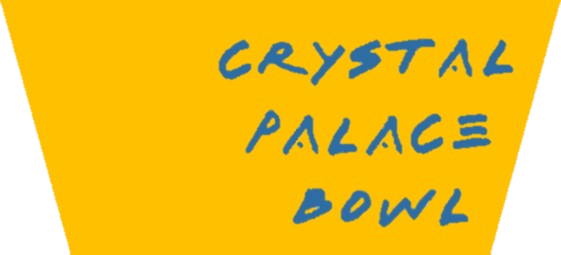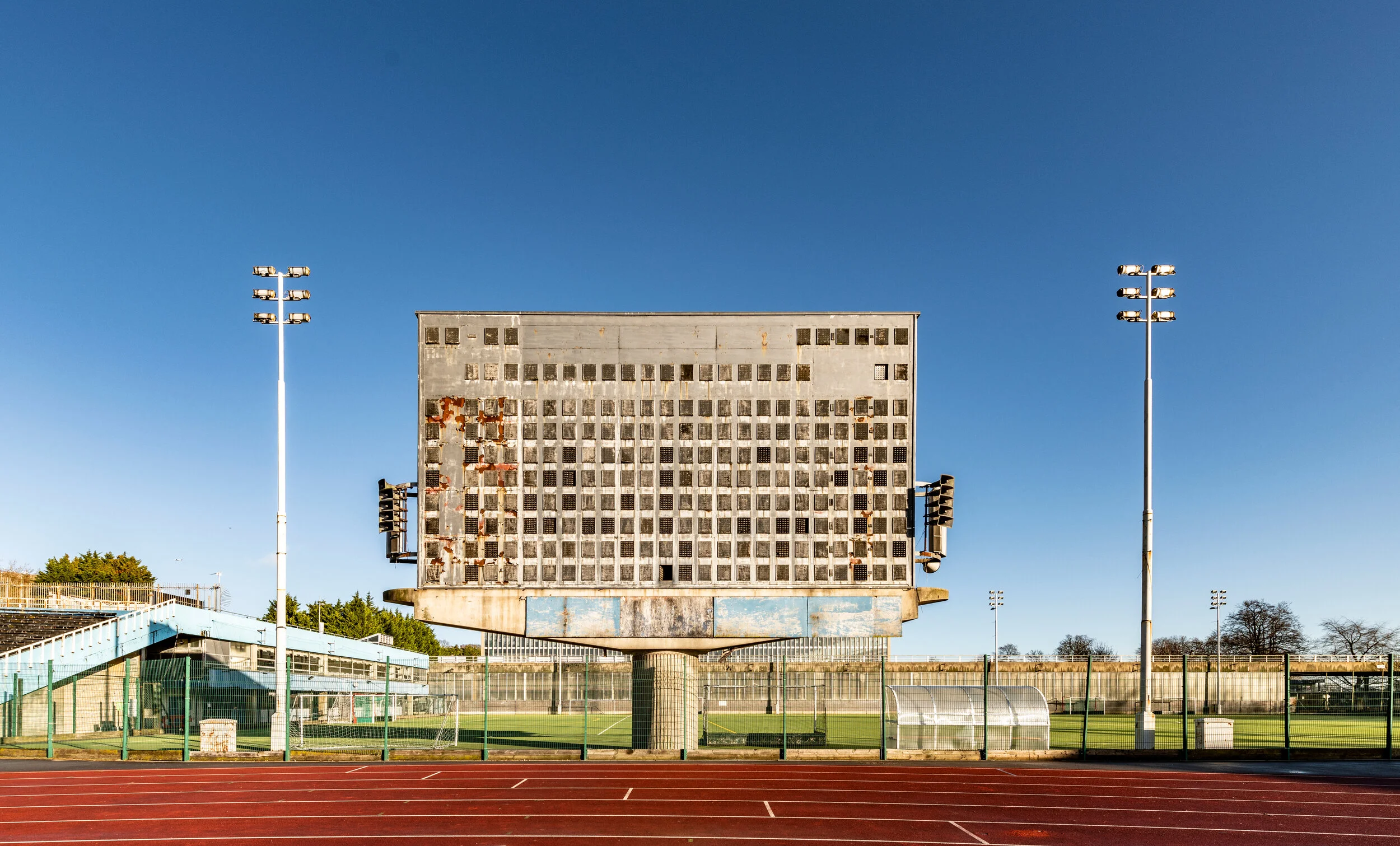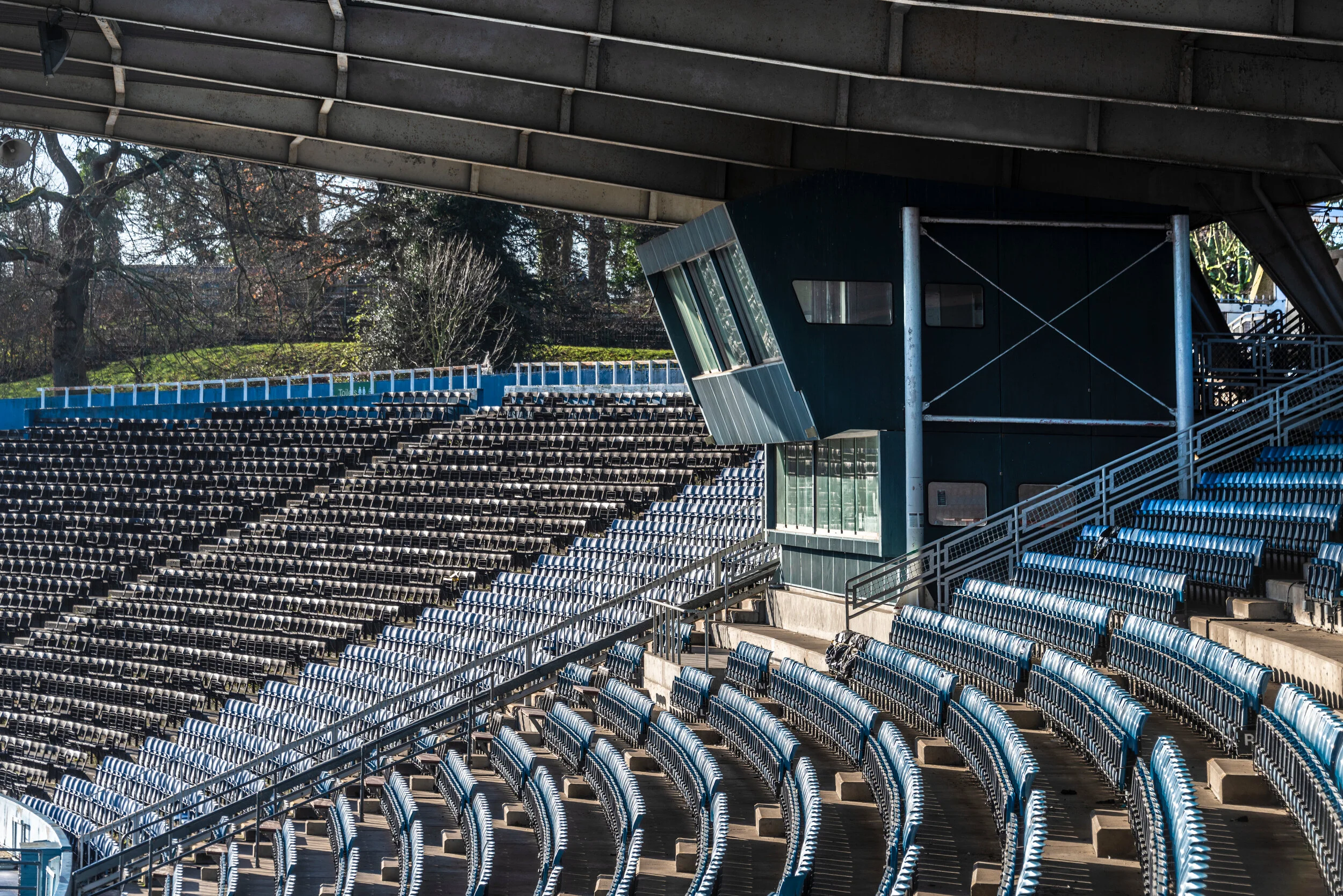Roots, Rave and Stadium Rock
After a 5 year sabbatical, the Bowl was back with a bang in August 1990 – the ‘Garden Party’ moniker was briefly revived and a memorable day headlined by British indie icons the Cure, with support from James and Lush. That summer Nigel Kennedy also played a much heralded crossover concert, bringing his brand of classical populism to a more diverse audience in festival conditions.
In 1991, the Pixies played their biggest UK show to date and saw a throwback to the 70’s, with some overexcited members of the crowd jumping the barrier and attempting to swim the pond.
The Capital FM Blues and Radio 1 American music festivals of the early 90’s also welcomed some bonafide roots legends to South London, including Buddy Guy, John Lee Hooker, Ry Cooder and Emmylou Harris. At an altogether higher tempo, the 1992 ‘Party at the Palace’ turned the bowl into the dancefloor with ‘Rhythm Is a Dancer’ hit makers Snap! and C+C Music Factory.
By 1995 the ageing temporary stage at the Bowl had long outlived its the creators the GLC and closed in preparation for the construction of a new permanent stage, coinciding with a shift towards classical music, opera and smaller acts. The popular annual ‘Bowl Festival’ in particular kept the flag flying, providing a (literal) platform for new local bands and unsigned musical talent. Running from 1999 - 2007 it gave a big-stage debut to the likes of the Noisettes and a young Florence Welch (pre the Machine), in her experimental first outfit Ashok.
Elsewhere in the park however, live music continued over the next few years on a much larger scale. With the boom in the acid house and dance music scene, the Crystal Palace National Sports Centre hosted ‘Elevation and Reincarnation 691’ from 1991-1994, London’s largest indoor legal raves. Memories of stumbling blinking into the dawn light and having trippy diversions via the dinosaurs from some nostalgic old ravers!
In 1993 the Capital FM Roadshow brought pre-fame pop wannabees Take That, East 17, Gabrielle and Shaggy to gigantic crowds of sunburnt teen day-trippers on the park terraces. Meanwhile the athletics stadium at the National Sports Centre, with capacity for up to 45,000 people, was able to accommodate the larger acts that had by now outgrown the Bowl. Depeche Mode, Paul Weller, the Beautiful South and Santana among those that came in the 1990’s and early 2000’s. As a venue the modernist athletics stadium wasn’t to everyone’s taste of course, a Guardian reviewer memorably describing it as “resembling something a communist dictator would build to massacre dissidents in.” You can’t win them all.
In 2002 the Sex Pistols - as well as her Majesty the Queen – celebrated a Jubilee. While Paul McCartney, Ray Davis and assorted pop royalty assembled in the garden of Buckingham Palace, the Pistols reunited and hosted their own more anarchic party at the (Crystal) Palace.
The last hurrah for blockbuster gigs at the Palace came with two of the biggest names in music; Bruce Springsteen and the E-Street Band played a Bank Holiday double header on their ‘The Rising’ reunion tour in 2003, while Coldplay played two stadium shows in 2005 – their first outdoor headline gigs on a rapid ascent to global superstardom.
Since then, the Concert Bowl, the stadium and the park have mostly fallen quiet as the commercial music festivals and big concerts went elsewhere, and the long wait began for music to return to this leafy corner of South London…








